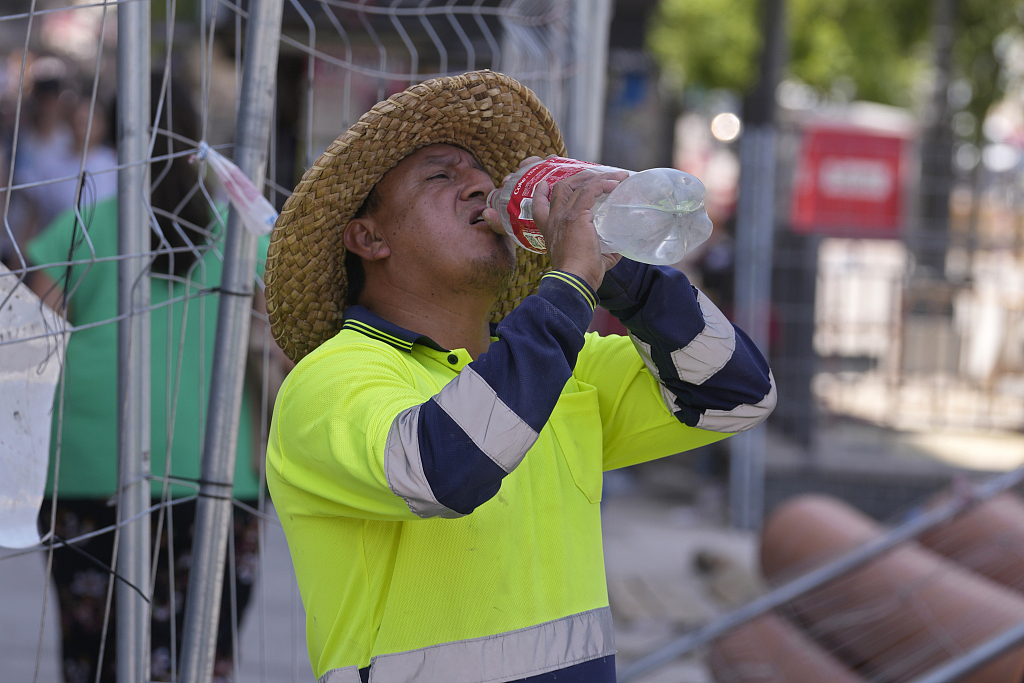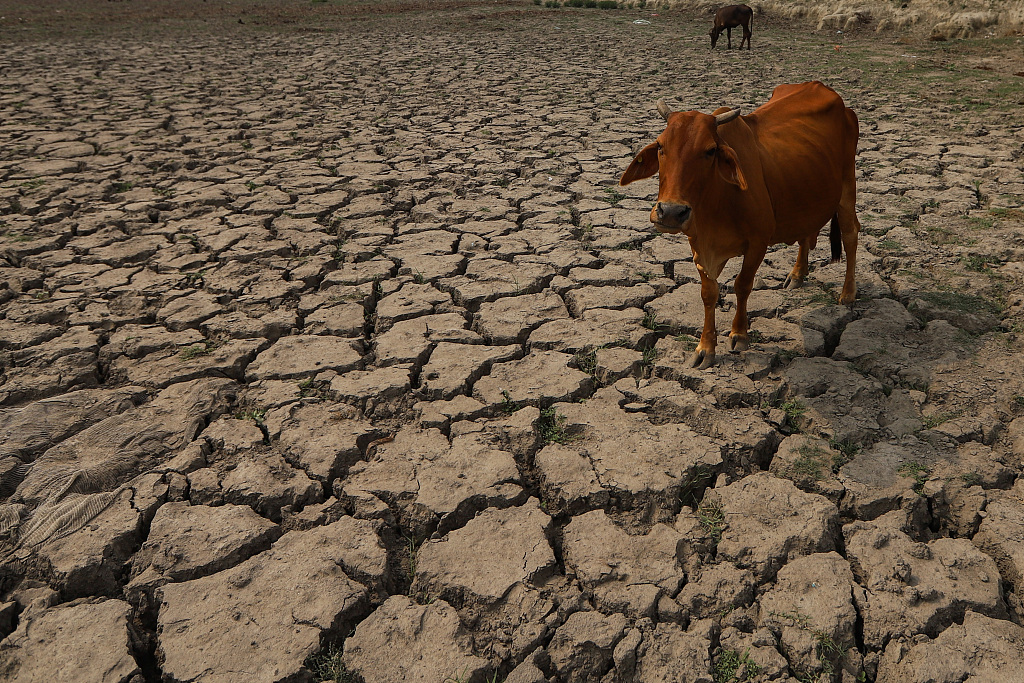Many millions of people in the tropics could be exposed to dangerous heat for half the year by 2100 even if humanity manages to meet climate goals, researchers warned Thursday.
In the most likely scenario, the world would miss those targets, potentially subjecting people across the tropics to harmful temperatures most days of each typical year by the end of the century, the study found.
If emissions go unchecked, large numbers of people in these regions could face potentially "nightmarish" periods of extreme heat.
"There's a possibility that if we don't get our act together, billions of people are going to be really, really overexposed to these extremely dangerous temperatures in a way that we just fundamentally haven't seen," said lead author Lucas Vargas Zeppetello of Harvard University.
Severe heat waves, made hotter and more frequent by climate change, are already being felt across the world, threatening human health, wildlife and crop yields.
Most climate projections predict temperature increases under different policy scenarios, but do not say which of those pathways is more likely.
In this study, published in the journal Communications Earth and Environment, researchers estimated potential exposure to dangerous heat and humidity.

In both Spain and France, as forecasters warned of temperatures above 40 degrees Celsius. A road worker stops to take a drink of water in Madrid, Spain, July 18, 2022. /CFP
In both Spain and France, as forecasters warned of temperatures above 40 degrees Celsius. A road worker stops to take a drink of water in Madrid, Spain, July 18, 2022. /CFP
They used statistical projections to predict levels of carbon dioxide emissions from human activity and the resultant levels of global warming.
They found that many people in tropical regions could face dangerous heat levels for half the year by the end of the century, even if the world limits temperature rises to the Paris climate deal goal of less than two degrees Celsius (35.6 degrees Fahrenheit) above pre-industrial levels.
Outside the tropics, they said deadly heat waves will likely become annual occurrences.
The researchers used a heat index that puts "dangerous" levels at 39.4 degrees Celsius, while temperatures above 51 degrees Celsius are considered "extremely dangerous" and totally unsafe for humans.
The extreme measure was originally developed for people working in scorching indoor environments, like a ship's boiler room, and have rarely been observed outdoors, Zeppetello said.
But by the end of the century, the researcher said it was "virtually guaranteed" that people in some parts of the tropics would experience this level of heat every year unless emissions are severely curtailed, with swathes of sub-Saharan Africa and India particularly at risk.

A dry bed of a pond amid the ongoing heatwave, in New Delhi, India, June 27, 2022. /CFP
A dry bed of a pond amid the ongoing heatwave, in New Delhi, India, June 27, 2022. /CFP
'Nightmarish' conditions
Earth has warmed nearly 1.2 degrees Celsius so far and current predictions based on countries' carbon-cutting pledges would see the world far exceed the Paris Agreement's 2 degrees Celsius target for 2100, let alone its more ambitious 1.5 degrees Celsius aspiration.
In their research Zeppetello and colleagues analysed predictions from global climate models, human population projections, and looked at the relationship between economic growth and carbon emissions.
They estimated that there is only a 0.1 percent chance of limiting global average warming to 1.5 degrees Celsius by 2100, projecting that the world is likely to reach 1.8 degrees Celsius by 2050.
In 2100, the researchers found, the most likely global average temperature rise would be 3 degrees Celsius, which Zeppetello said would spell "nightmarish" conditions for many people.
In a worst case scenario, in which emissions continue unchecked, he said extreme temperatures could last up to two months every year in parts of the tropics.
But he said it depends on how swiftly humanity can cut emissions.
The researchers said that under all scenarios there could be a large increase in heat-related illnesses, particularly among the elderly, vulnerable and those working outside.
(Cover image via CFP)
(If you want to contribute and have specific expertise, please contact us at nature@cgtn.com.)
Source(s): AFP

